Complete Guide to Handmade Bricks
Handmade bricks remain a favoured choice amongst the UK’s self builders and home extenders, largely thanks to their familiar feel, excellent durability and unbeatable solidity.
Traditionally, handmade bricks are crafted by skilfully throwing refined clay into moulds and then firing it at a high temperature to produce the finished unit. Adding sand into the mix in advance of the firing process means an array of non-standard sizes is possible – ideal if you want to create an individual, characterful aesthetic.
Regional colour variations can make an appealing advantage, especially if you’re needing to match the local vernacular style or fulfil heritage building requirements.
There’s more to choosing handmade bricks than looks, of course. It’s worth dedicating plenty of time to researching products thoroughly before settling on the final solution for your scheme.
So, what are the key considerations to think about when it comes to selecting handmade bricks? Read on to find out.
Why Choose Handmade Brick?
Technically, there’s little performance difference between handmade bricks and machine-made units when examining factors such as durability and frost resistance.
So, your choice between the two is likely to come down to aesthetics and budget. With clean lines and crisp edges, machine-made units come into their own on contemporary builds, while the creased surface texture of a handmade brick is often a sought-after element on traditional schemes.
“Handmade bricks have a natural and often unique visual character that can’t be emulated by any mechanical brick making process,” says Mark Laksevics, sales manager at York Handmade.
“Also, hand crafting bricks offers almost unlimited possibilities in terms of size and shape variations – ideal for bespoke brickwork and the conservation/restoration of old masonry.”
For instance, if you’re renovating a Victorian property, the brick sizes will likely be imperial, so you’ll need to source units that match the dimensions of the originals. The fact that handmade solutions can be made to virtually any size is, therefore, a huge advantage when doing work on a heritage home.
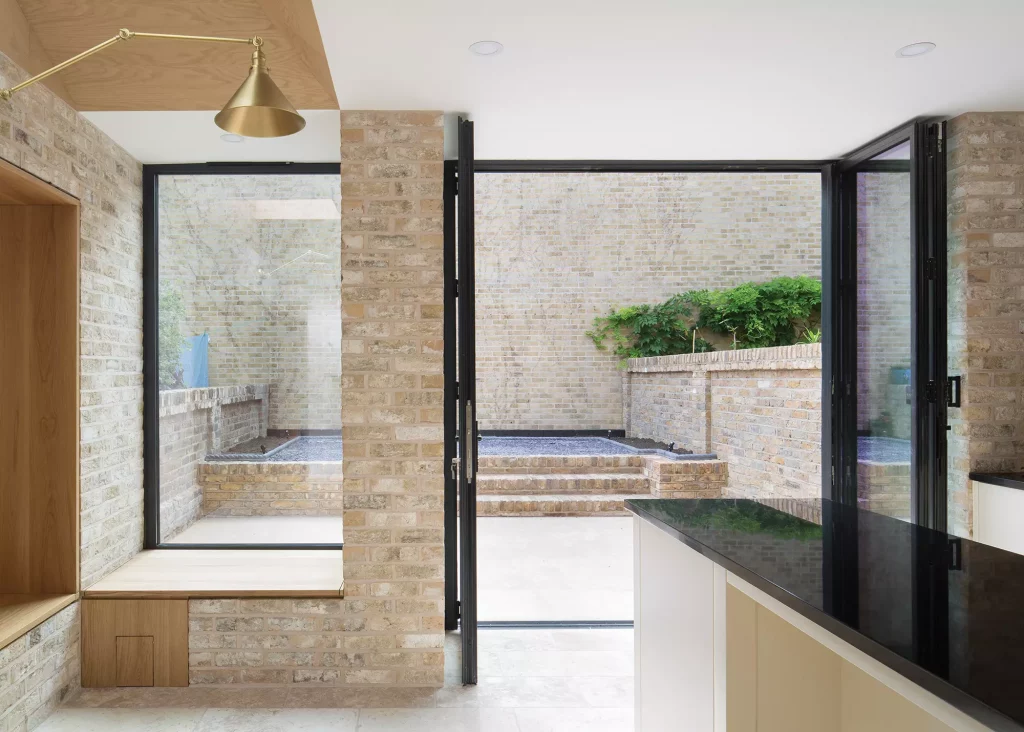
Yard Architects designed this extension to a Victorian terraced house in North London. A pale handmade brick was chosen and paired with colour-matched mortar and flush pointing. Photo: Agnese Sanvito
In addition to the plethora of shapes, colours and sizes available, the surface texture can also be tumbled to mimic the look of historic units.
So, if you’re keen to recreate the authentic appeal of a 19th century brick barn, or even want to match the handcrafted feel of an oak frame structure, a handmade blend is likely the go-to choice.
Sourcing bricks made from clay that’s been quarried in the local area will also help your house match other nearby properties, which is often seen as an advantage from a planning perspective.
Choose F2/S2-rated products. This designation shows the bricks are frost resistant and low in soluble salts for long term durability, which reduces the risk of efflorescence (a type of sulfate staining).
Read More: Best Building Materials for a Period House Renovation
Hand Crafting the Brick
A traditional handmade brick is made by ‘throwing’ refined clay into a sanded timber mould. It’s essential to use top clay (found nearer the surface of the quarry), as it’s much easier to shape than material from lower strata.
When used in its refined state, the clay will develop its natural colour – which can be significantly different to the hue of the raw material. At Northcot Brick, for example, the clay comes out of the earth grey but produces a red brick. A range of alternative colours can be achieved by adding sand to the mix.
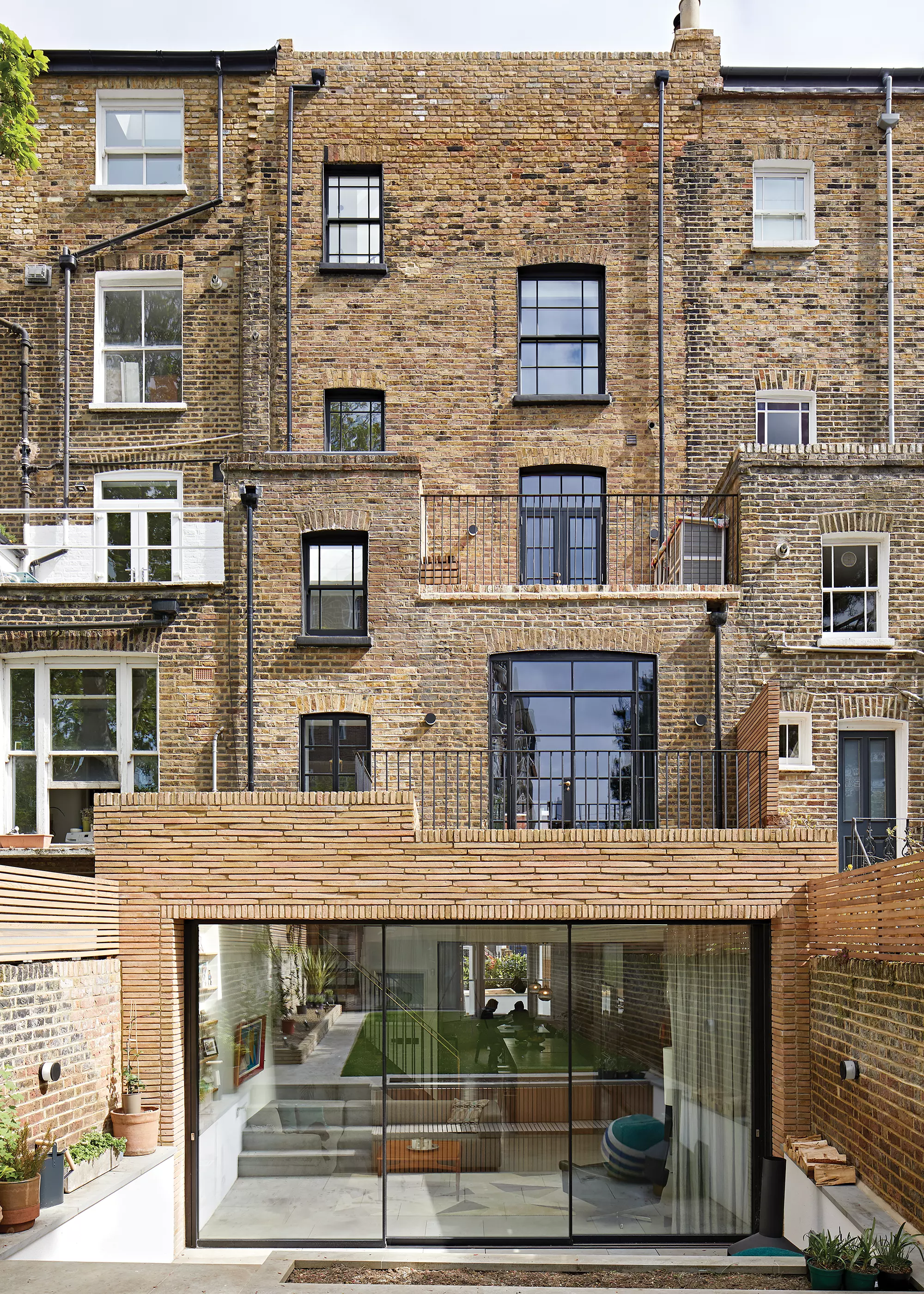
Long format handmade bricks were chosen for this extension, designed by Paul Archer Design. This style was chosen to complement the patchwork feel of this row of terraced Victorian houses. Photo: Andy Stagg
Sourcing the Right Brick Blend
The massive choice of colours, textures and patterns of handmade brick can feel a little overwhelming at first. If you’re building an extension, matching the new brickwork to the existing masonry is often a good place to begin.
Even if you’re keen for the addition to stand apart from the original building by selecting completely different finishing materials, it’s still vital to take the characteristics of the original masonry into account. Your architect will be able to advise on a complementary palette of materials that contrasts while still harmonising with the existing property.
If you’re self building, investigating the local vernacular is a smart starting point when you are choosing bricks. Many suppliers offer a brick matching service free of charge, where you can send across photographs of nearby homes or your existing brickwork as a basis for sample panels to be developed.
Working with a local company is often the best course of action, as their stock will be produced from clay that has been quarried nearby. “Wherever possible, do your homework. Check out sites where the product you are considering has been used,” says Mark.
“Better still, visit the factory where they are made – brick makers love to show potential customers how their beautiful handmade units are created – you may even get the opportunity to make a brick yourself!”
Read More: Buying Building Materials: Quantities, Quality & Lead Times
Laying Handmade Bricks
The continuing popularity of masonry means there are plenty of skilled trades experience in this system. So, tracking down a contractor to lay your handmade bricks shouldn’t be too much hassle.
As with many of the jobs on your project, the key to a successful result lies in the preparation. “There’s no mystery or alchemy to laying handmade bricks. Most brickies who have never laid them before actually enjoy the experience, and make a fantastic job of it,” says Mark.
It’s useful to have a selection of sample panels from your supplier on site. “We provide free bricks so builders can construct their own reference panels prior to starting bricklaying in earnest – mortar choice can be finalised at this point, too,” says Mark.
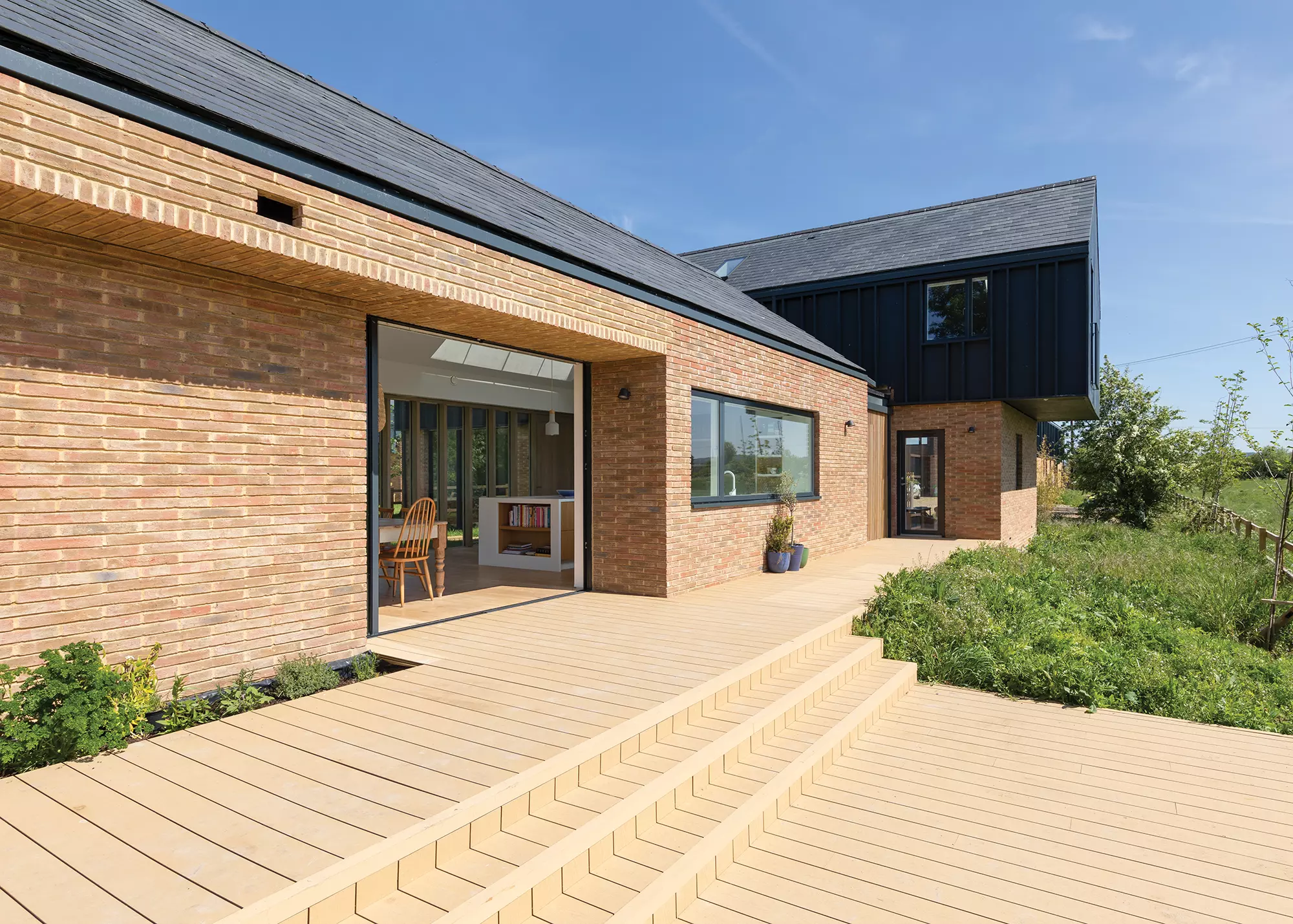
York Handmade supplied the striking long format bricks for this contemporary project. All units are dried and hand-set by skilled professionals, before being fired in modern kilns
Handmade Brick Costs
Specifying handmade bricks for your project isn’t the cheapest option – largely because of the specialist work required at the manufacturing stage – but it can be good value.
As a reference point, the cheapest machine-made units can be procured for as little as £400 per 1,000 units (although you’ll pay more like £600 per 1,000 for higher quality options).
For handmade bricks manufactured in the UK, you can expect to pay roughly £1 per brick (£1,000 per 1,000 bricks). However, unlike kitchen and bathroom suites, the brickwork is an element that you’re unlikely to ever replace.
So, attractive, high-quality bricks that stand the test of time will pay for themselves over the lifespan of the building. Opting for the luxury finish that handcrafted products provide will also add to the value of your home.
“As handmade bricks are usually selected by hand before packing and dispatch, wastage is kept to an absolute minimum, too,” says Mark. This preselection process typically means that packs don’t need to be mixed on site before bricklaying commences, which could help you save time and money on labour.
Estimating your self build budget? Use our Self Build Cost Calculator
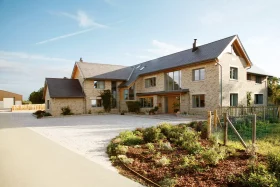
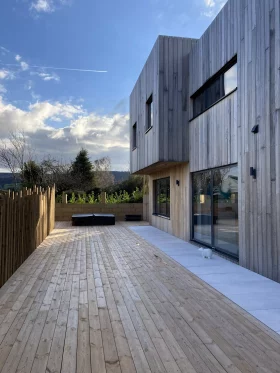






























































































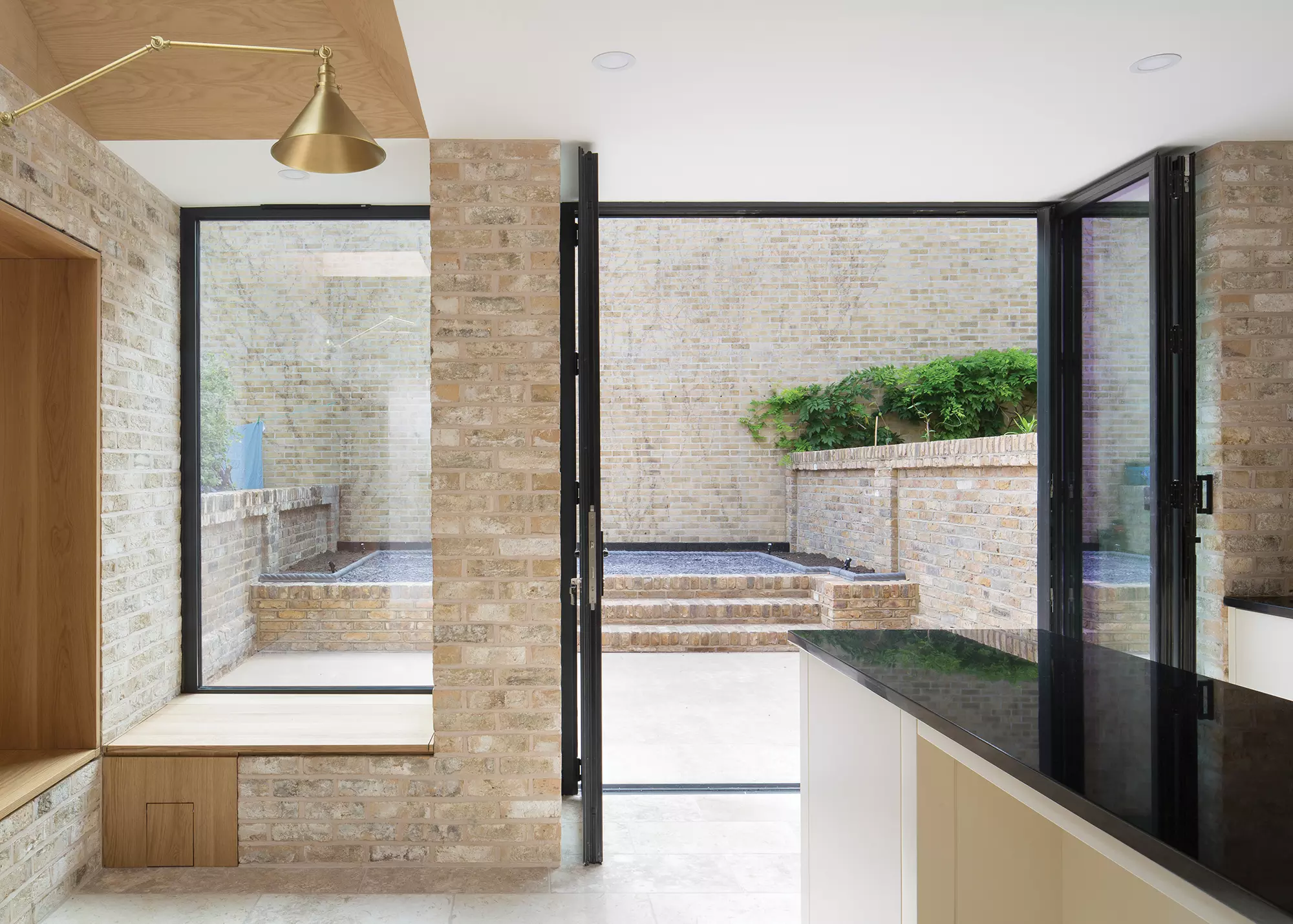
 Login/register to save Article for later
Login/register to save Article for later




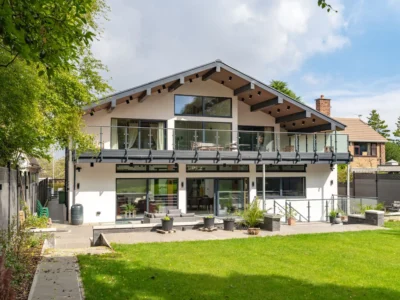
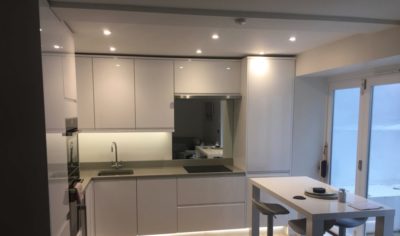
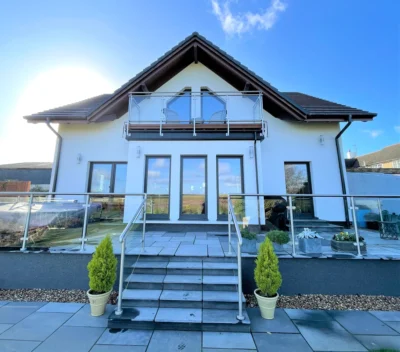
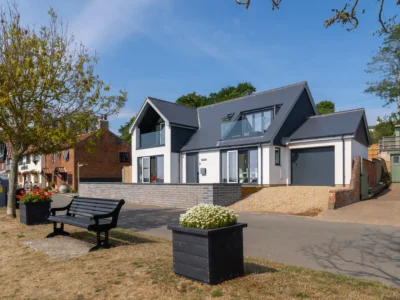





Comments are closed.